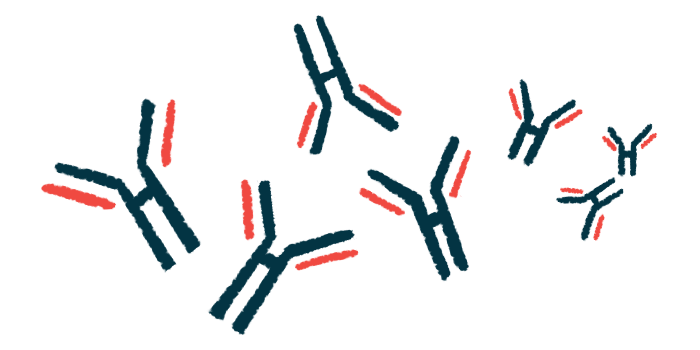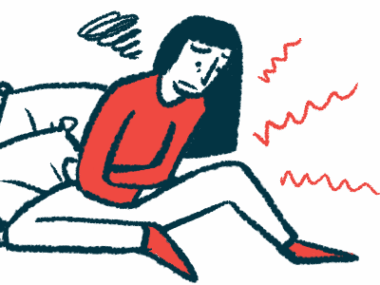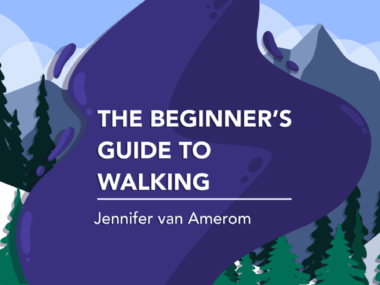Review findings shed light on sex ratio, age of onset in NMOSD
Both factors tied to proportion of AQP4-antibody positive patients
Written by |

Age at disease onset and sex ratio — the ratio of males to females — among people with neuromyelitis optica spectrum disorder (NMOSD) are influenced by the proportion of cases with antibodies against aquaporin-4 (AQP4).
That’s according to a review study from an international team of researchers that sheds new light on the patient profile in NMOSD, a progressive autoimmune disease that affects the nervous system.
Particularly, a higher proportion of patients positive for anti-AQP4 antibodies, the most common type of self-reactive antibodies driving NMOSD, was significantly associated with more female patients and an older age at onset, the findings showed.
Further, age at disease onset was also found to significantly increase with population life expectancy.
“This study provides a comprehensive update on the sex distribution and age of onset profile for AQP4 antibody-associated NMOSD that can be used as a benchmark for future comparative studies,” the researchers wrote.
The study, “Sex ratio and age of onset in AQP4 antibody-associated NMOSD: a review and meta-analysis,” was published in the Journal of Neurology.
More women than men found to have NMOSD worldwide
NMOSD primarily leads to inflammation of the spinal cord and optic nerve, which relays signals between the eyes and brain.
Although the rare disease’s underlying mechanisms are not fully understood, the condition is mostly driven by self-reactive anti-AQP4 antibodies, which are present in about 70% of patients. AQP4 is a protein that carries water across the membranes of astrocytes, a type of neuron-supporting cell known for its star-like shape.
Evidence suggests that NMOSD affects more women than men, but “several studies have also noted a different sex ratio in paediatric and late onset (typically defined as an onset age of 50 years or higher),” the researchers wrote.
In addition, the age of onset in NMOSD has been reported to be older than that seen in multiple sclerosis (MS), another autoimmune condition affecting the brain and spinal cord.
Now, the team of researchers set out to determine the sex ratio and age of onset around the world and explore potential factors influencing these demographic data. To do that, they systematically reviewed studies published from January 1999 to July 2023 reporting demographic and clinical data of NMOSD patients.
A total of 88 studies, covering 19,415 NMOSD patients from 89 different populations, were included in the meta-analysis. Among selected studies, 64 involved all the population or adult patients alone, 13 were of pediatric patients alone, and 11 were of patients with late-onset disease.
Data from whole populational studies, grouped by geographical region, indicated an overall female:male sex ratio of 4.7, meaning that for each man with NMOSD, there are nearly five women with the disease. However, there was elevated variability between studies.
Further analyses showed that the sex ratio was significantly associated with the proportion of cases with anti-AQP4 antibodies (AQP4-positive), but not with geographical location. Specifically, a higher proportion of AQP4-positive patients were significantly associated with a higher proportion of women.
When the team analyzed only studies including AQP4-positive patients, the female:male ratio increased to 8.89, “equivalent to 90% being female,” the researchers wrote. Also, there was no significant variability between these studies in terms of sex ratio.
Among AQP4-positive patients, the sex ratio was 5.68 for those with a pediatric onset (five studies) and 5.48 for those with a late onset (six studies).
Age at disease onset most common in decade of life from 40 to 49
The mean age at disease onset was available, or could be determined, for 54 populations, involving a total of 6,240 cases.
A meta-analysis of these studies showed that an older mean age at onset was significantly associated with a longer life expectancy and a higher proportion of AQP4-positive cases. Again, geographical location had no significant influence.
The mean age at NMOSD onset when including only AQP4-positive populations was 38.3 years, with a range of 2 to 86 years. In countries where female patients’ life expectancy was 80 years or longer, the mean age at onset was 41.7 years. That compared with 33.5 years in nations where life expectancy was shorter than 80 years.
Further, data from nine studies providing age at onset data by decade of life showed that patients most commonly developed NMOSD between 40 and 49 years. Meanwhile, the range for age at onset was higher for those positive for anti-AQP4 antibodies, at 50-59 years.
“These findings are in line with prior studies of AQP4 antibody-associated NMOSD that have shown a lower female:male sex ratio and younger age of onset in seronegative [no anti-AQP4 antibodies] cases when compared to [AQP4-positive] cases,” the researchers wrote.
We would recommend that future studies of AQP4 antibody-associated NMOSD report only on AQP4 antibody-positive cases or that data for [positive] cases be reported separately.
The results also indicate that, relative to MS, AQP4-related NMOSD has an older mean age of onset (41.7 vs. 32 years) and a higher female:male ratio (8.89 vs. 2.73).
“The fact that studies using less stringent diagnostic criteria ([AQP4 negative] cases) gave significantly different estimates of both sex ratio and mean age of onset points to [disease variations],” the researchers wrote.
“We would recommend that future studies of AQP4 antibody-associated NMOSD report only on AQP4 antibody-positive cases or that data for [positive] cases be reported separately,” the team concluded.







